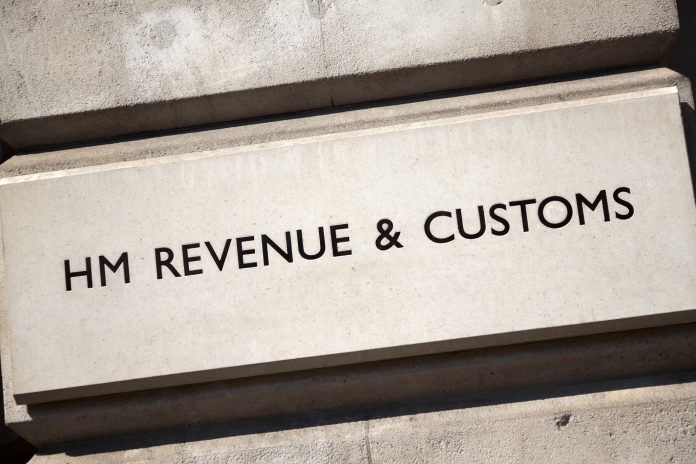The Impact Evaluation Standard (IES) will now provide HMRC with the ability to ensure suppliers’ social value commitments are evaluated correctly when evaluating bids and ensure suppliers are upholding the social value commitments which were evaluated when the contract was awarded.
This will be done through the provision of social value metrics and ‘proxy values’. The 2024 edition of the Impact Evaluation Standard contains over 130 different metrics representing different benefits to society that can be delivered under a contract. Many of these metrics have proxy values that are monetary values that calculate the financial benefit of a particular activity to society. These proxy values are agreed by a panel of experts and supported by detailed rationale.
The purpose of adopting proxy values in HMRC’s Commercial Directorate will be to use them as a tool to ‘raise the bar’ for all strategic suppliers.
Social value activities add value to the community, the environment and the economic outlook for an area. Ensuring that social value commitments are upheld by suppliers means that taxpayers can receive the most from the money spent on government contracts.
Why is consistent social value measurement important for government departments?
Increasingly, social value is becoming a key consideration for all government departments when awarding new contracts. In accordance with PPN06/20, at least 10% of any award criteria must be weighted against a bidder’s social value commitments.
However, the diversity of activities carried out by suppliers makes it challenging for contract and supplier managers to compare supplier performance and benchmark good practice. How can they tell which delivers the most value to society across hundreds of different types of activities – training an apprentice, improving mental health of employees or instigating a community volunteering project?
What does this mean for suppliers to HMRC?
Suppliers will be expected to provide a detailed quarterly return of all social value activity delivered against a predefined and comprehensive list of potential activities. Data might include the number of work experience opportunities provided or number of staff volunteering hours undertaken.
The supplier’s report is then mapped against the Impact Evaluation Standard proxy values – creating a social value calculator that can more easily score and compare the social value efforts of all suppliers, raising standards across the board.
“Assessing and monitoring social value across a large number of suppliers can be a huge challenge for procurement teams,”
Benjamin Fellowes, Impact Evaluation Standard board member explains.
“Our end goal should always be driving the best possible social value from taxpayer spend – and that’s where using measurement frameworks like the Impact Evaluation Standard can make a large impact.
“There are so many efficiencies and opportunities that open up when you apply quality social value metrics and measurement. We’re delighted to be supporting HMRC on this journey.”
For more information on the Impact Evaluation Standard, please contact Andrew Moffett on: contact@impactevaluationstandard.org
About the Impact Evaluation Standard:
The Impact Evaluation Standard (IES) is a social value reporting framework developed by a consortium of social value advisors and overseen by an independent steering committee of experts with decades of experience. It is used in public procurement by both contracting authorities and suppliers to ensure credible and consistent qualification of social value.
It consists of 120+ metrics that directly encompass the UK government’s Social Value Model which was created to support the deployment of Procurement Policy Note 06/20.
You can learn more about the Impact Evaluation Standard on their website or about their official software provider here.
Editor's Recommended Articles
-
Must Read >> UK inflation hits lowest point in over two years













